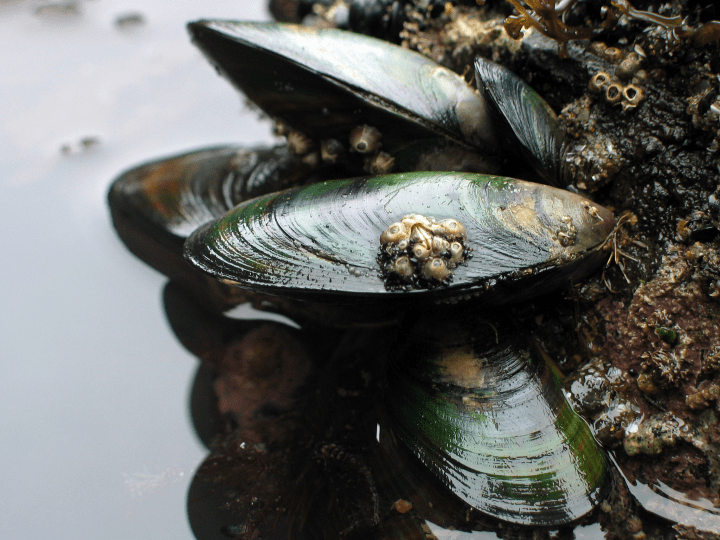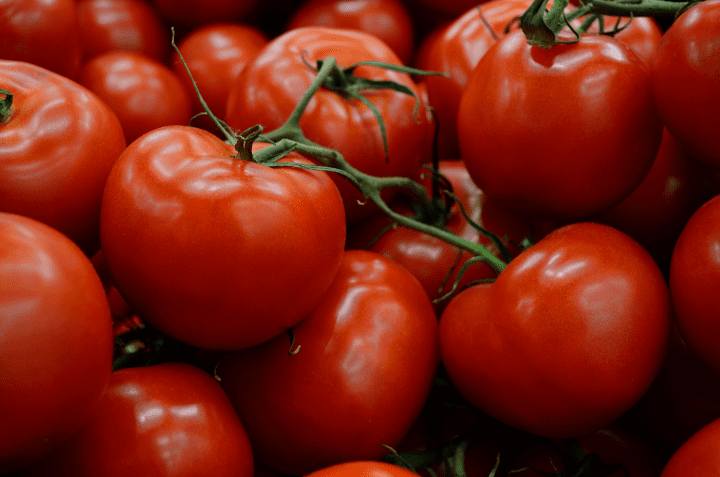Cooling system from MIT uses an evaporation-insulation cooling design that eliminates power usage.
Benefits
- Sustainable
- Reduced energy usage
- Reduced waste
Applications
- Pharmaceuticals
- Food storage
- HVAC systems
UN Sustainable Development Goals Addressed
-

Goal 3: Good Health & Wellbeing
-

Goal 11: Sustainable Cities & Communities
-

Goal 12: Responsible Production & Consumption
The Challenge
Biological samples and food products are often stored in refrigeration, which makes them vulnerable to equipment malfunction and oftentimes leads to decomposition over time. In addition, shipping these items in a refrigerated vessel or on dry ice can be costly and uses excessive materials.
Innovation Details
The cooling system is made of two layers. The inner layer is made of a hydrogel, from which water can readily evaporate, similar to sweat glands. The outer layer is an aerogel, which keeps out external heat, but allows the water vapor to pass through, similar to camel fur. The water vapor has a cooling effect as it increases the time it takes for the warm ambient temperature to reach the contents within the cooling system. The system is set up so that the hydrogel can be easily rehydrated. The entire material is less than a half-inch thick and can provide cooling of more than 7 degrees Celsius for five times longer than just the hydrogel alone.
Biological Model
Camels have a thick layer of insulating fur that reduces the amount moisture lost to the desert heat, which protects them from dehydration.





